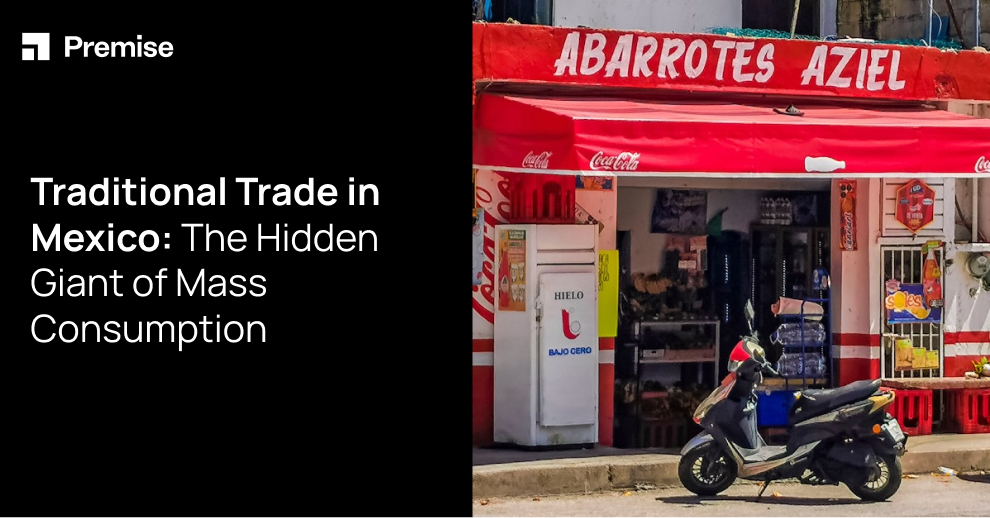 In Mexico’s diverse and dynamic economy, traditional trade is a cornerstone of the overall market structure. Despite the rapid growth of modern retail chains and e-commerce, traditional trade – encompassing small neighborhood stores, local markets and street vendors – remains a dominant force in Mexico’s mass consumption.
In Mexico’s diverse and dynamic economy, traditional trade is a cornerstone of the overall market structure. Despite the rapid growth of modern retail chains and e-commerce, traditional trade – encompassing small neighborhood stores, local markets and street vendors – remains a dominant force in Mexico’s mass consumption.
Given its size, diversity and appeal, Mexico is an attractive market for both local and global manufacturers and brands aiming to offer their products and capture market share. Consequently, the Mexican market is often a strategic priority, prominently featured in the investment and development plans of top executives from many leading FMCG brands globally.
It’s impossible to discuss mass consumption without mentioning retail trade, and in Mexico, you can’t talk about retail trade without acknowledging the traditional channel, the largest of all. While retail has evolved rapidly with new technologies, e-commerce and home delivery apps, this evolution impacts all purchase channels, reflecting the evolving behavior of Mexican shoppers. Consequently, a common mistake brands often make is focusing on the modern channel and emerging platforms, overlooking the traditional channel’s significance.
In Mexico, no channel has more reach or points of sale (POS) than the traditional channel, with over one million stores and nearly 100% population penetration. This channel employs around two million people and accounts for approximately 40% of the industry’s total value, with average monthly sales per store ranging between 24,000 and 46,000 pesos.
Focusing on traditional trade in Mexico
Today’s consumers expect their preferred brands to be consistently available in the traditional channel, with proper product presence, portfolio execution, pricing and in-store promotions. Despite its limitations, the traditional channel remains the most customer-serving daily and continues to evolve, maintaining its relevance in the Mexican market.
Brands must focus on the traditional channel to succeed, enhancing execution, distribution, service levels and presence. The traditional channel can drive significant sales and – compared to the modern channel – can offer better profitability. To dominate the national market, brands must first master the traditional channel – a giant that is both vast and untapped, simple yet complex.
Now is the time for brands to prioritize “execution intelligence,” using rapid, store-level data to make strategic decisions, uncover growth opportunities and develop in the traditional channel. Embracing the traditional trade is key to achieving strategic objectives and thriving in Mexico’s vibrant market.
